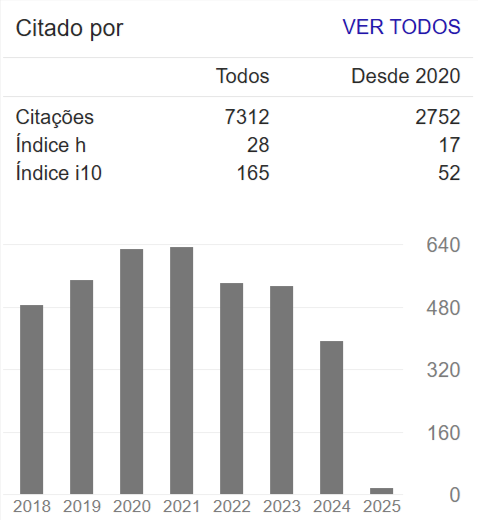Vinasse percolation through sand soil column of the Rio Claro formation
Abstract
Vinasse is a residue largely used in agricultural of sugarcane, meanwhile little is known about the behavior of ions into vinasse when applied to the soil. This study aimed to evaluate retention capacity and species ionic transport of the vinasse from sand soil, usually used sugarcane fields. This paper presents the transport parameters of ions K+, Ca2+ and Mg2+ of vinasse by Breakthrough Curves (BTC) in a sand soil from Rio Claro Formation, located in the interior of the São Paulo State. Experiments from soil columns deformed, in condition saturated and permanent flux were carried out. During vinasse percolation, solution pH, electrical conductivity, biochemical and chemical oxygen demand (BOD and COD) and hydraulic conductivity were monitored. The transport parameters of the ions were obtained by numerical fit using STANMOD software; the results showed interaction between solute and soil, because retardation factor (R) was higher 1. Based on the results for R the adsorption sequence was K+ > Ca2+ > Mg2+. During the percolation the hydraulic conductivity and the pH-value of percolate gradually decreased, but BOD and COD values did not fall during the tests period.

















